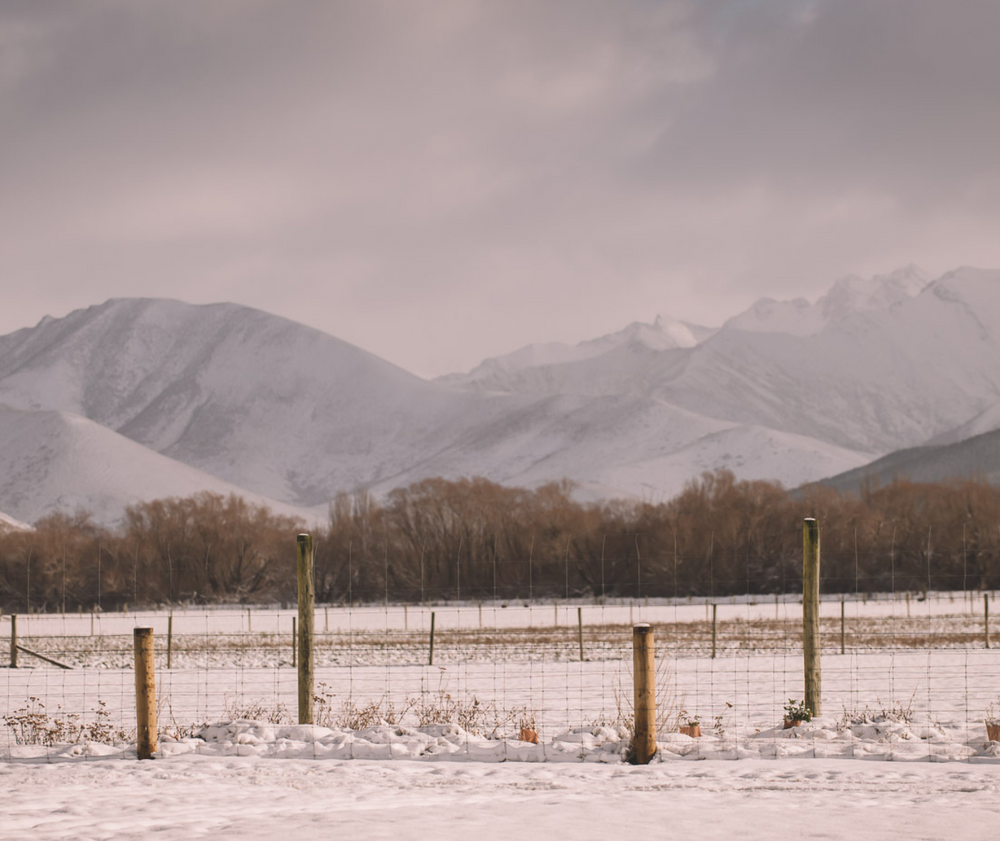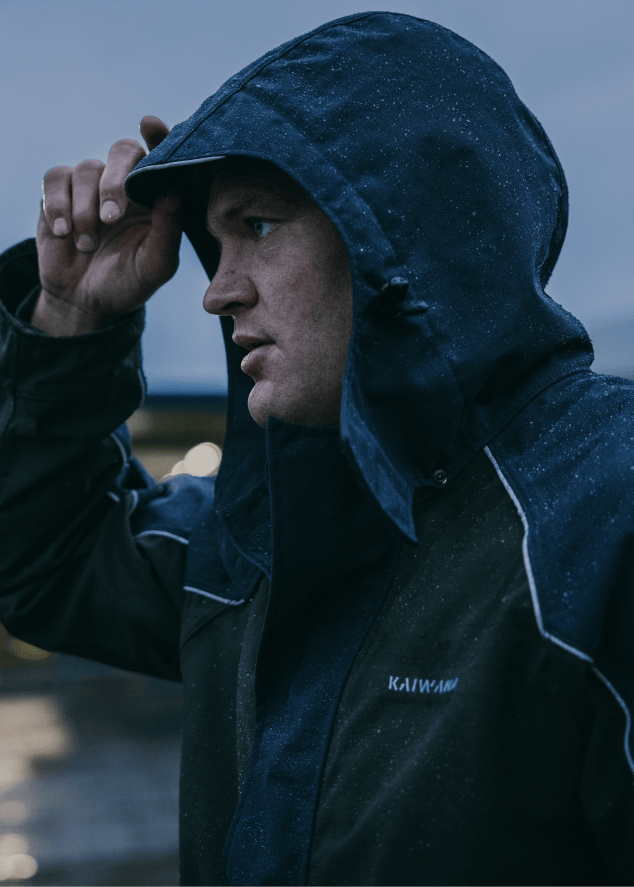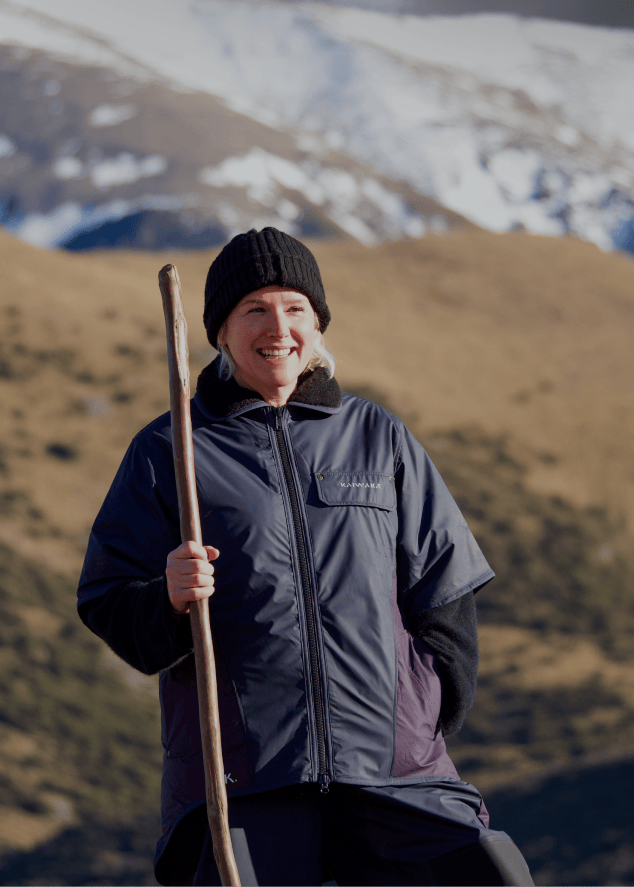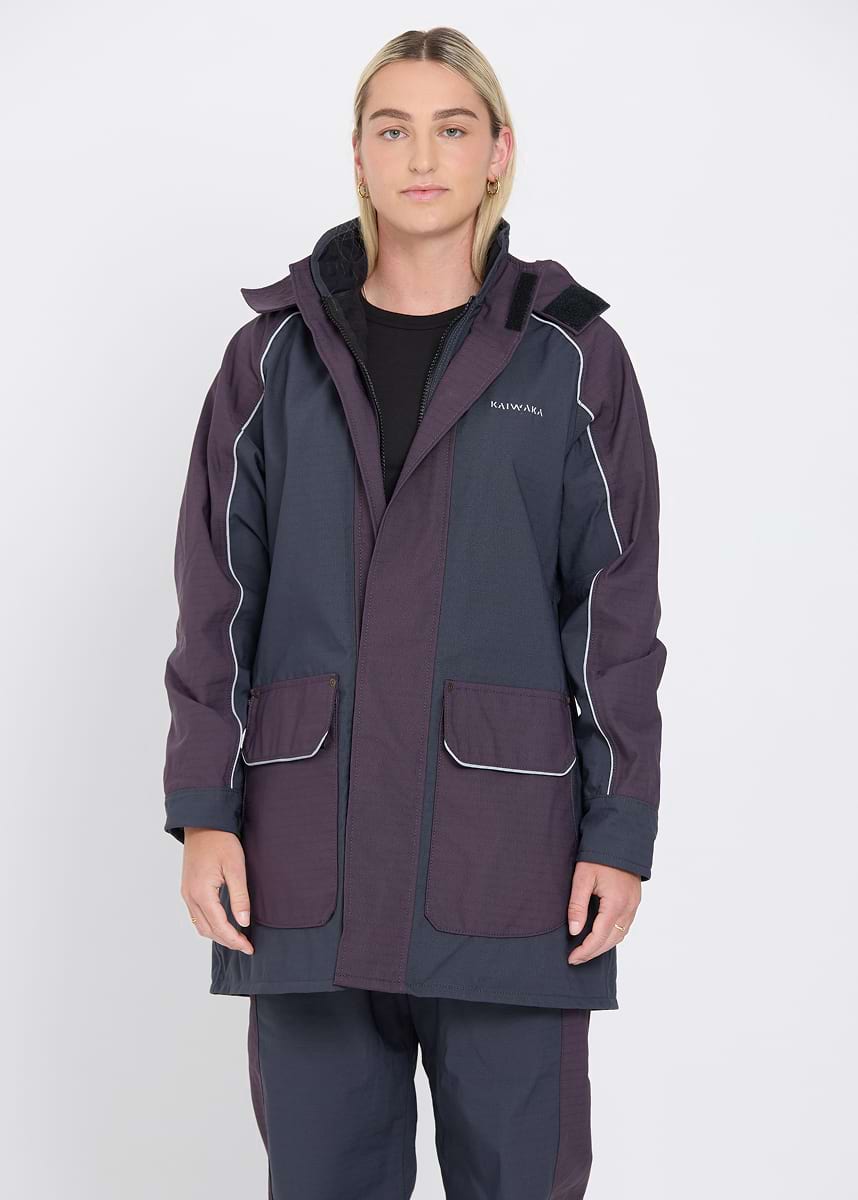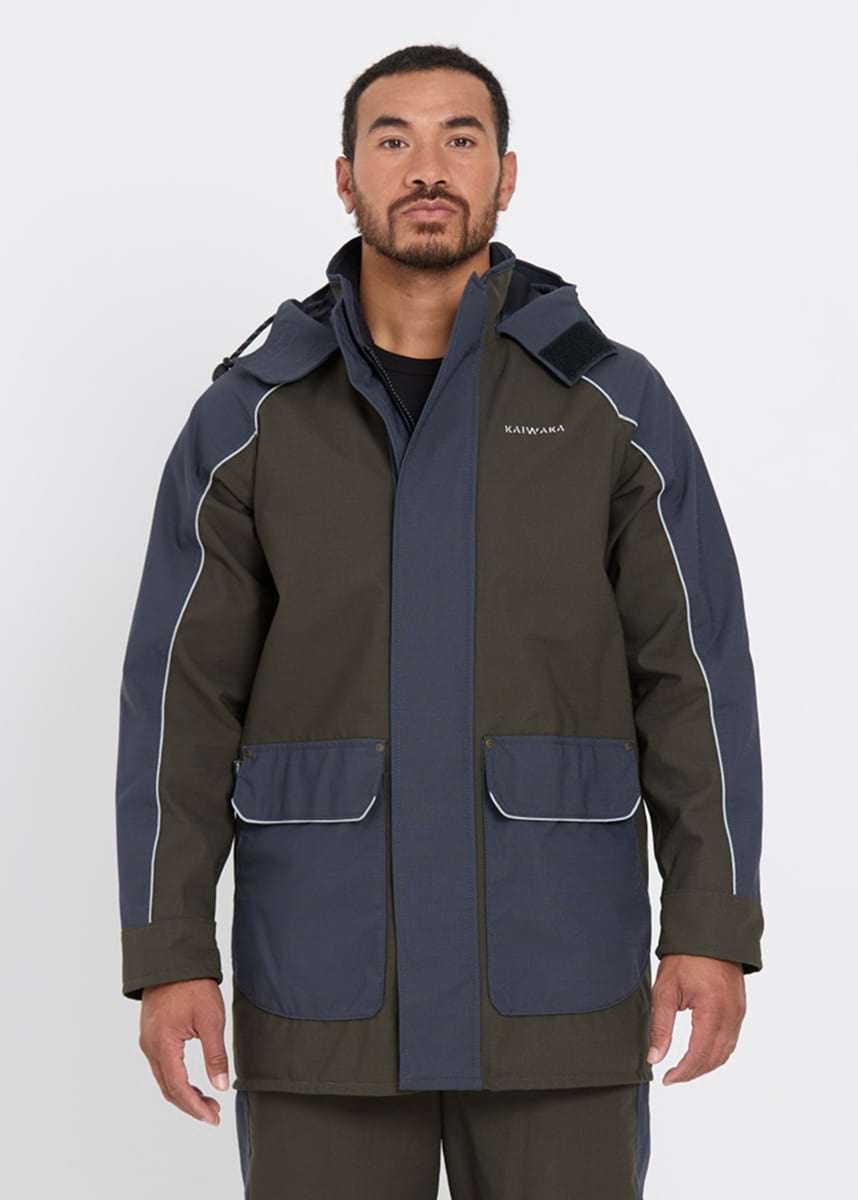We’ve been repairing Kaiwaka gear for over 30 years, not because it’s easy, but because it’s right. Every repair extends the life of a garment made to outlast, keeping it out in the field and out of landfill. It’s part of our commitment to craftsmanship, circularity, and standing by the people who rely on us. If it’s worn, we restore it. If it’s torn, we fix it. Because real sustainability means backing what we make and who we make it for.
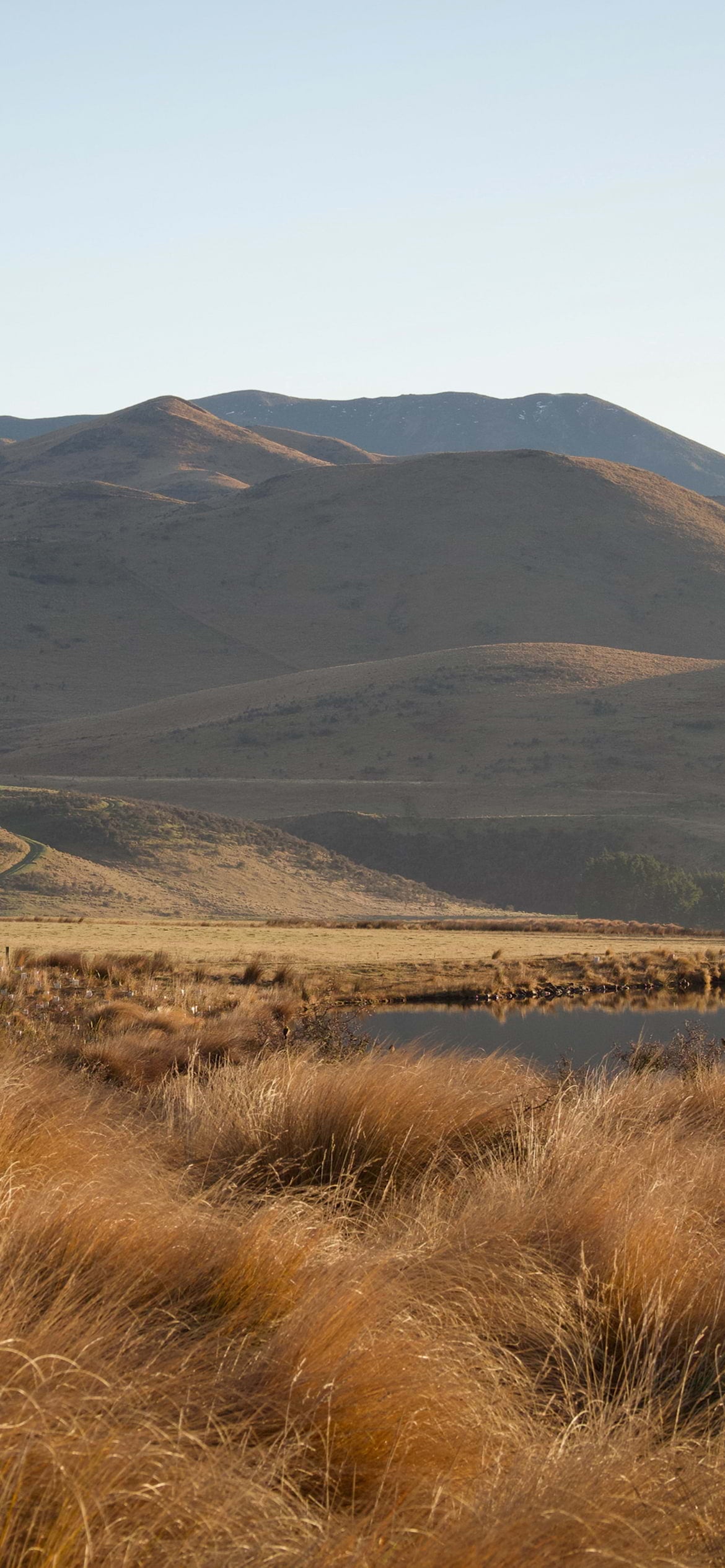
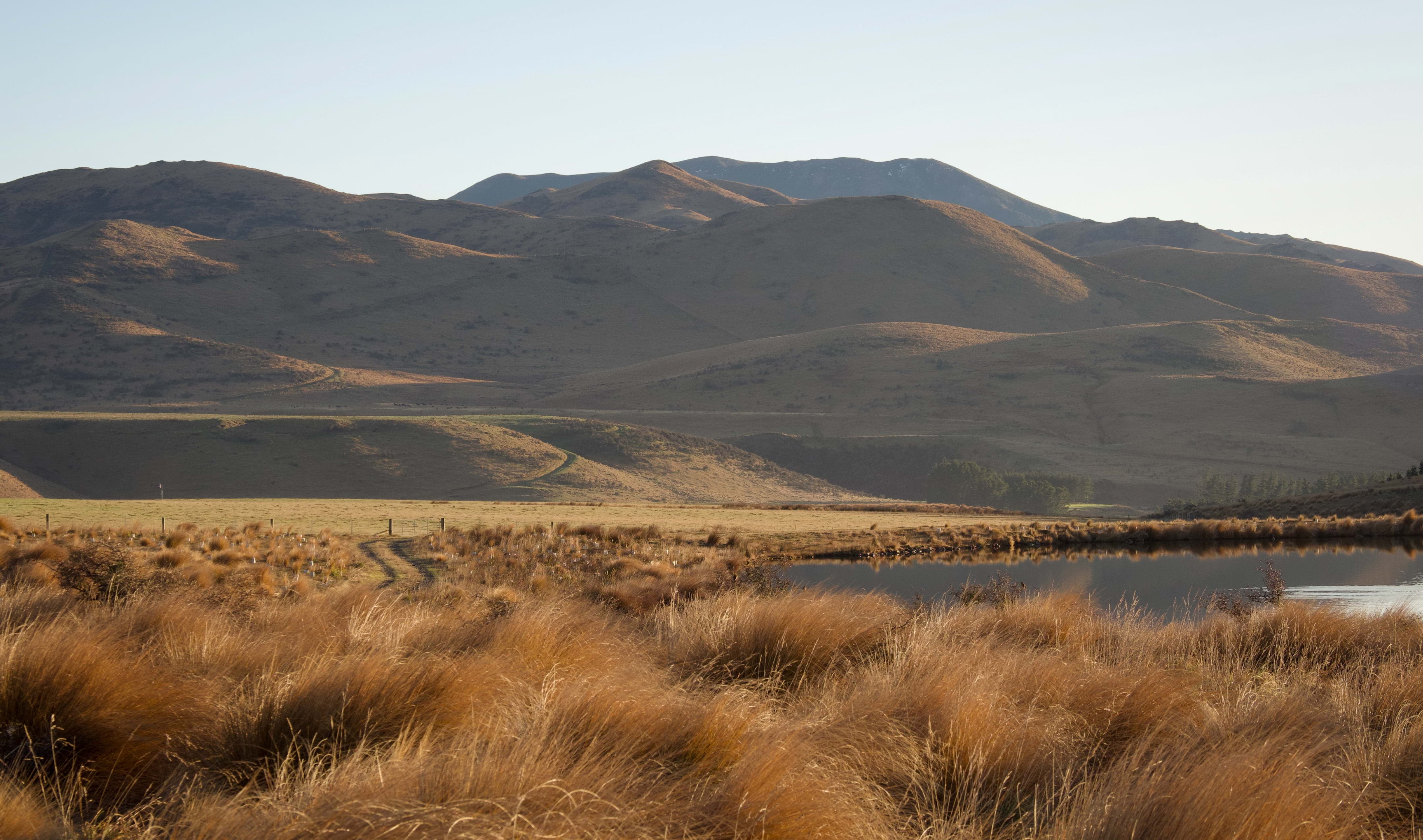
a force of nature
A strategy for the future
At Kaiwaka, sustainability isn’t a feature, it’s our foundation. Since 1975, we’ve stood by the belief that doing right by the land and the people who work it means making gear that lasts. We reject throwaway culture, offering free repairs, designing for durability, and embracing circularity to reduce waste.
Our commitment extends from the paddock to the planet. With ethical practices across our supply chain, support for rural communities, and responsible innovation that ensures we’re not just outfitting the next generation, we’re protecting their future too.

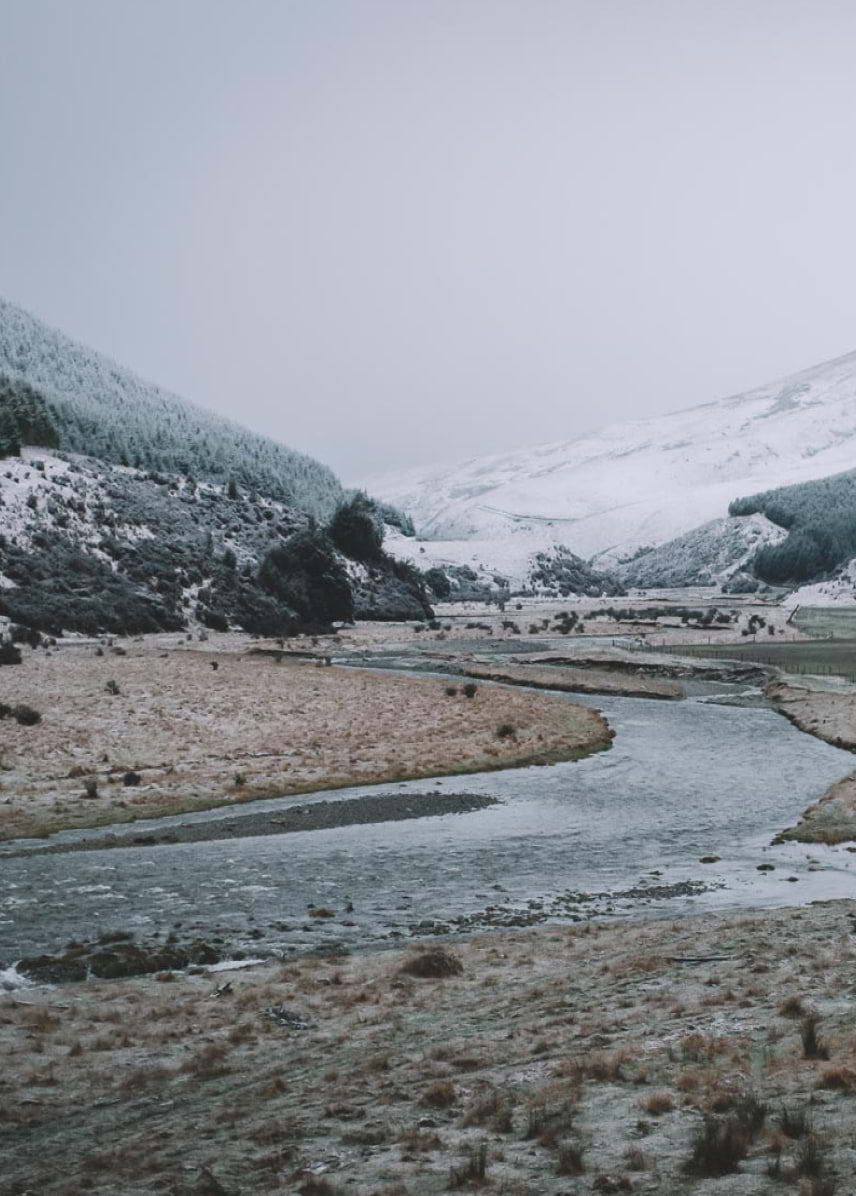
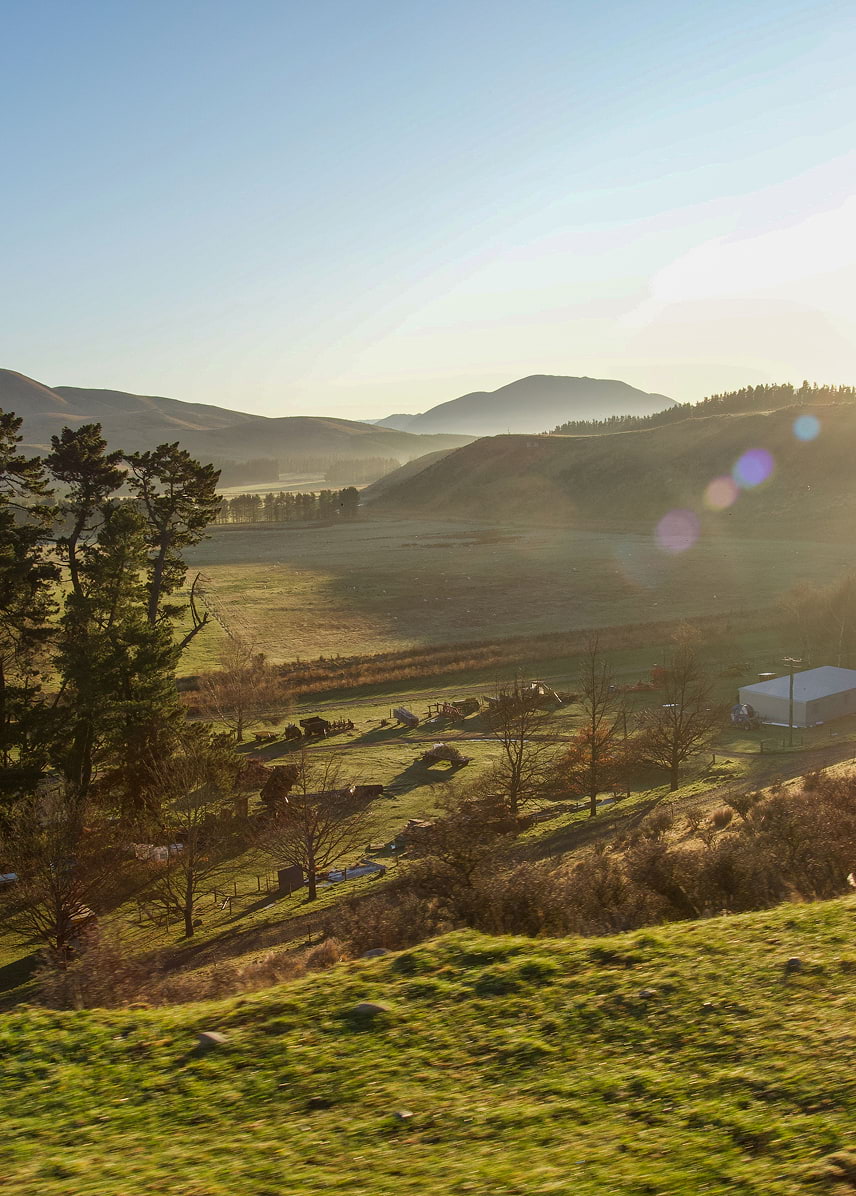
Embracing circularity, waste reduction, and sustainable business practices that reflect our commitment to craftsmanship, quality, and resilience. Values that honour the tough and enduring spirit of the people who wear our clothing. Our garments are designed tough, made to work, and if they’re ever damaged, we’re dedicated to restoring them.
We’re committed to creating products that uphold ethical practices across our supply chain, designed to serve our customers for the long haul while making a positive impact on the planet and people.
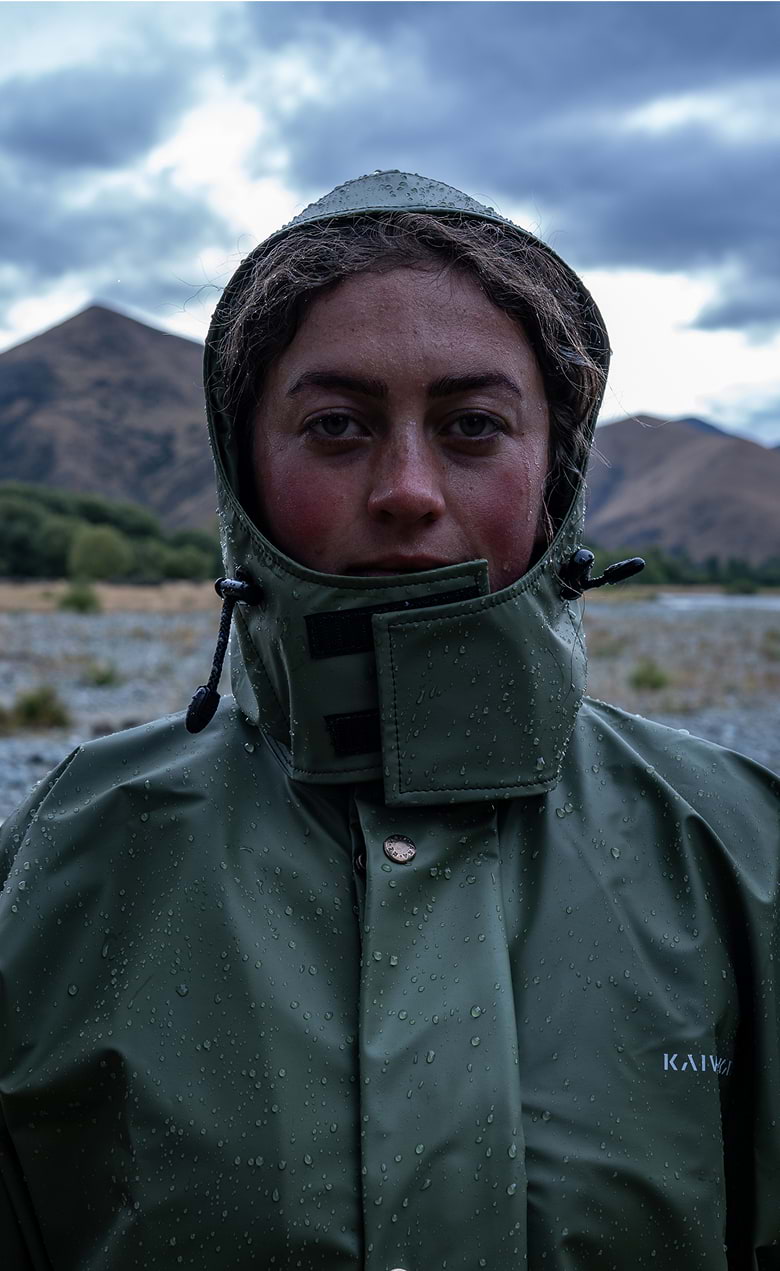

30 years extending the life
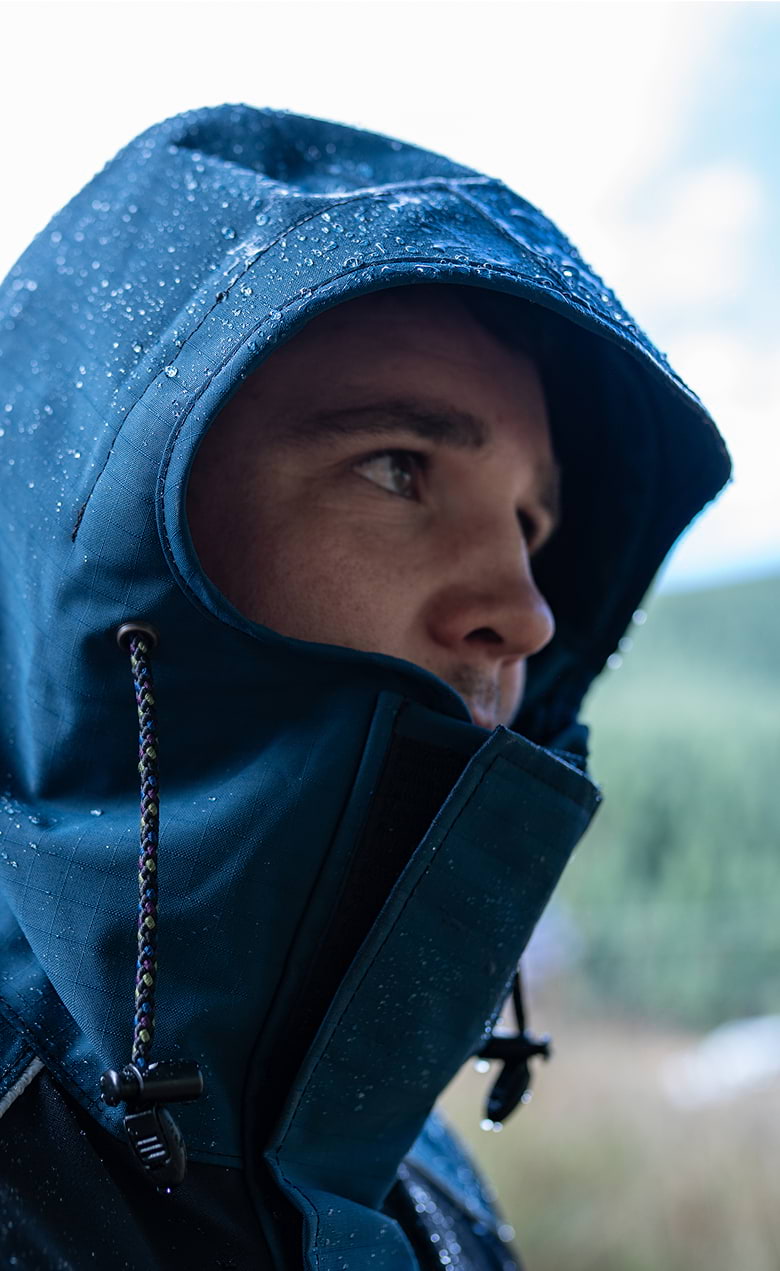
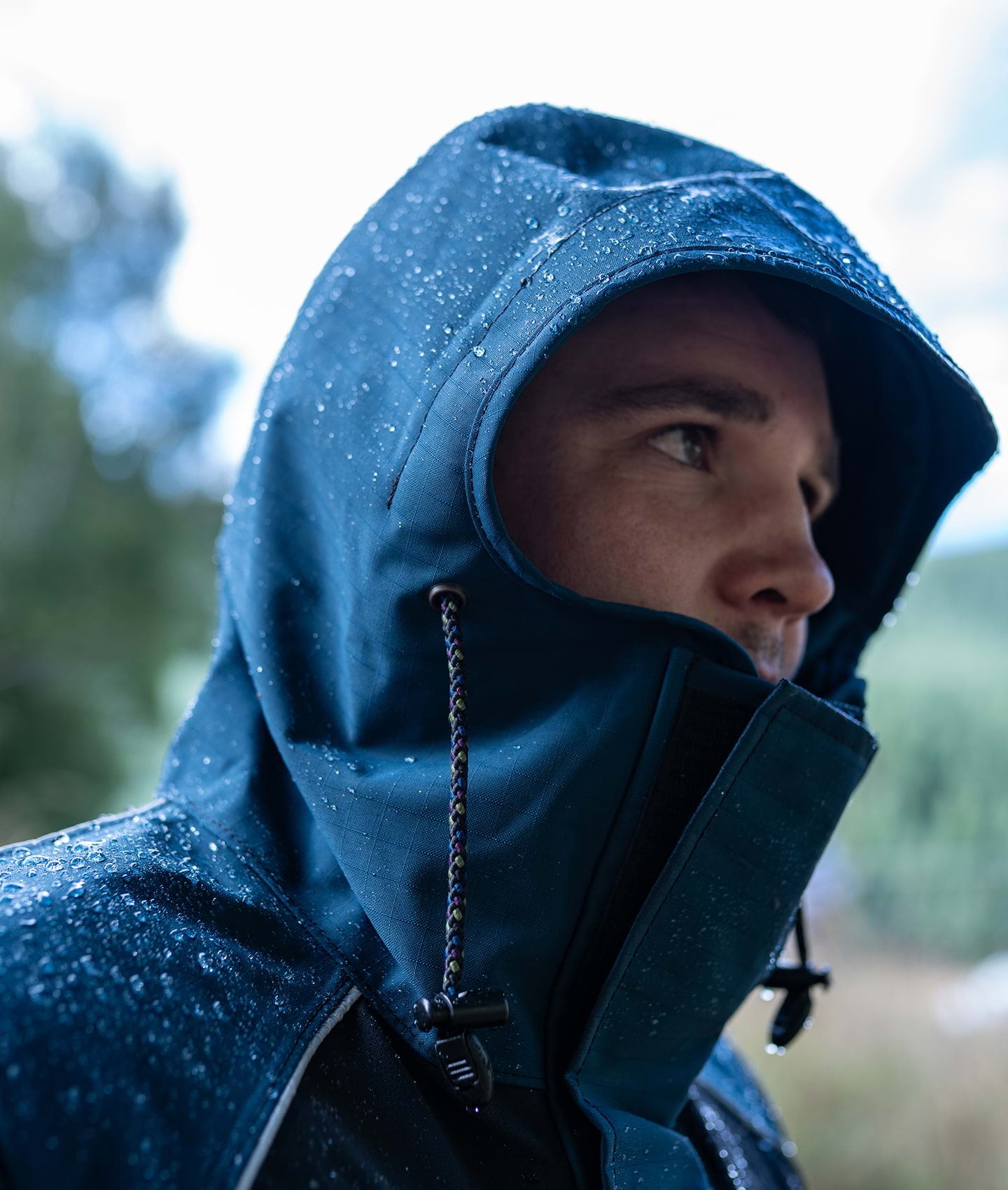
Technology Meets Sustainable Design
We’re committed to making the highest-quality, durable gear that protects both our customers and the environment. Every Kaiwaka garment is designed to perform under pressure and made to outlast. We follow environmental standards across our materials and processes, ensuring they meet international regulations without compromising performance. Because true durability means looking after the land, as well as the people working it.
